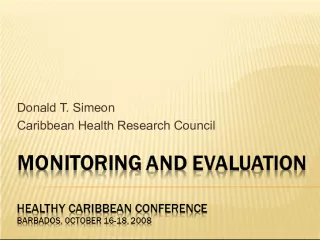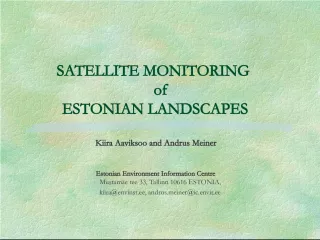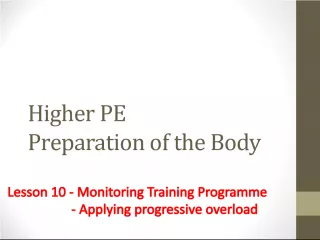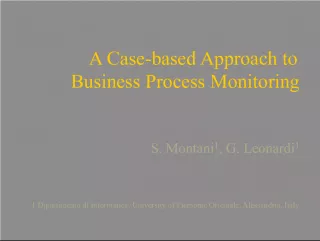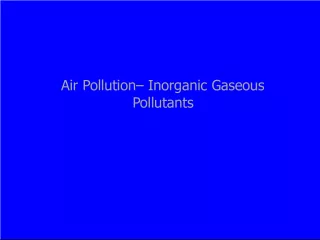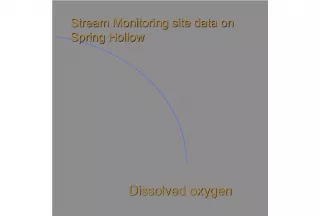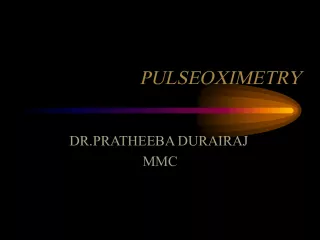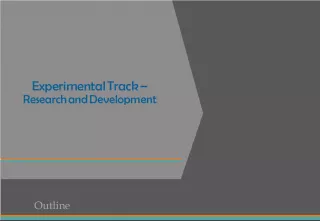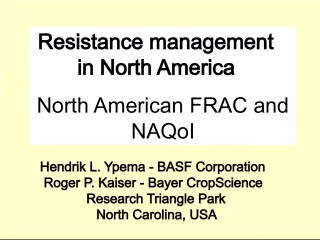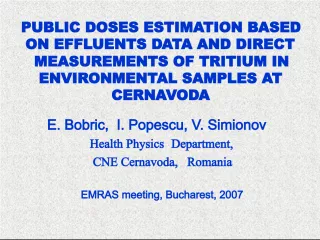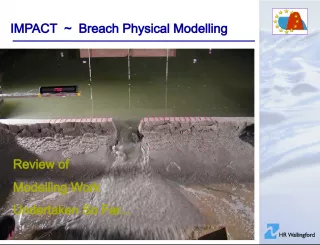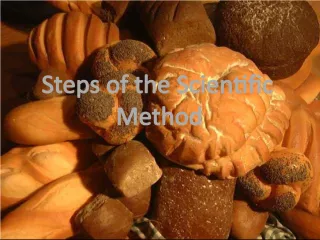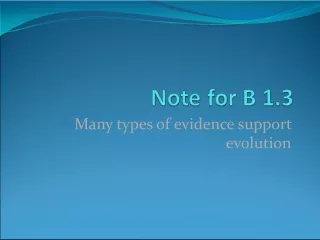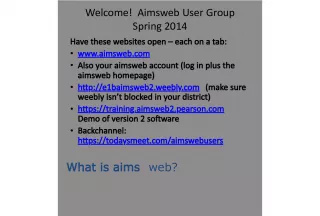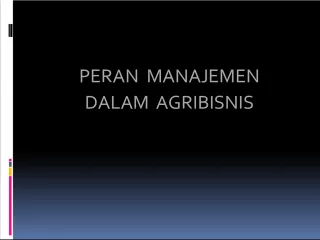The MWRA Outfall Monitoring: Objectives and Observations
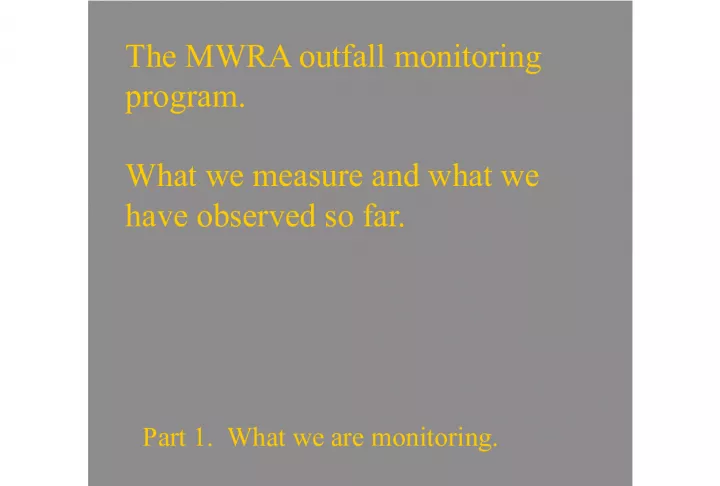

This article discusses the MWRA outfall monitoring program's objectives, what they measure, and the observations they have made so far. This program tests for compliance with permits, assesses environmental changes, and monitors numerous contaminants.
- Uploaded on | 1 Views
-
 naren
naren
About The MWRA Outfall Monitoring: Objectives and Observations
PowerPoint presentation about 'The MWRA Outfall Monitoring: Objectives and Observations'. This presentation describes the topic on This article discusses the MWRA outfall monitoring program's objectives, what they measure, and the observations they have made so far. This program tests for compliance with permits, assesses environmental changes, and monitors numerous contaminants.. The key topics included in this slideshow are MWRA outfall, monitoring program, compliance, environmental changes, contaminants,. Download this presentation absolutely free.
Presentation Transcript
1. The MWRA outfall monitoring program. What we measure and what we have observed so far.
2. Part 1. What we are monitoring. Objectives: test for compliance with the Permit test for exceedance of contingency plan thresholds test whether environmental changes are greater than expected
3. Effluent pathogen indicators residual chlorine total suspended solids biochemical oxygen demand toxicity testing PCBs flow pH nitrogen loading numerous organic and inorganic contaminants
4. Water column nutrients chlorophyll dissolved oxygen temperature, salinity light, water clarity solids phytoplankton nuisance and noxious algae zooplankton photosynthesis, respiration remote sensing, moored instruments marine mammal observations bacterial indicators, viruses diffuser mixing
5. 21 nearfield sites (in a grid near outfall site) 28 farfield sites (distant from the outfall site) 17 nearfield, 6 farfield surveys each year
6. 1998 Whale sightings during MWRA surveys
7. 1999
8. 2000
9. Sediments soft bottom community structure rock cobble communities sediment oxygen toxic metal and organic chemicals sediment bulk characteristics chemistry, tracers nutrient and oxygen flux
10. Sample locations for soft-bottom communities
11. Fish and Shellfish metals and organic chemicals, including pesticides and PCBs in flounder and lobster bioaccumulation of toxic chemicals in transplanted mussels liver disease in flounder
12. Mussels: collection and deployment locations
13. Part 2. What we have seen since the outfall was relocated. MWRA response to exceedances.
14. In summer, the effluent discharged at the Massachusetts Bay outfall is trapped beneath the thermocline
15. October 1999 Ammonium concentration (NH4 + uM) Boston nearfield Cape Ann October 2000
16. Ongoing Monitoring Data reported to MWRA Threshold Exceeded? NO YES Annual Monitoring Report Nov 15 Notify: DITP Regulatory agencies OMSAP Public (web and libraries) 5 days Threshold Level Caution Warning Adjust operations if needed Review supporting data Collect additional data if needed < 90 days Evaluate MWRA contribution w OMSAP and regulators Plan/schedule to address MWRA impacts Report every 30 days to regulators, public on evaluations, action and follow-up Adverse impact? YES NO Quarterly Wastewater Performance Reports Evaluations, actions and follow-up
17. Contingency Plan threshold exceedances for 2000 Chlorine too high in treatment plant on 12/15/00. Control equipment installed. pH too low in treatment plant on 12/7/00. Artifact of sampling procedure. High chlorophyll in autumn 2000. A regional event. Low DO saturation in bottom waters in October 2000. Recognition of natural phenomena in revising the threshold.
18. Chlorophyll threshold exceedance autumn 2000
19. Areal Chlorophyll (mg per square meter) September 6 2000
20. Satellite images of chlorophyll, averaged by month J. Yoder 1 , J.OReilly 2 , S.Schollaert 1 , T. Ducas 2 1 URI,GSO , 2 NOAA, NMFS 1997 1998 1999 2000 2001 October September
21. Harmful algal blooms in Massachusetts Bay Paralytic Shellfish Poisoning (PSP) Alexandrium Noxious blooms (aesthetics) Phaeocystis Amnesic Shellfish Poisoning (ASP) Pseudo-nitzschia
22. 1992 1993 1994 1995 1996 1997 1998 1999 2000 2001 Alexandrium (cells/L) Phaeocystis (million cells/L) Pseudo-nitzschia (million cells/L)
23. Dissolved oxygen in bottom waters of the nearfield DO concentration (mg/L) DO saturation (percent)
24. 90-second animation of the rocky-bottom video survey in July 2001 in the nearfield
27. The region surrounding the Massachusetts Bay Outfall site consists of a series of ridges and valleys.
28. Vertical Exaggeration 12X
